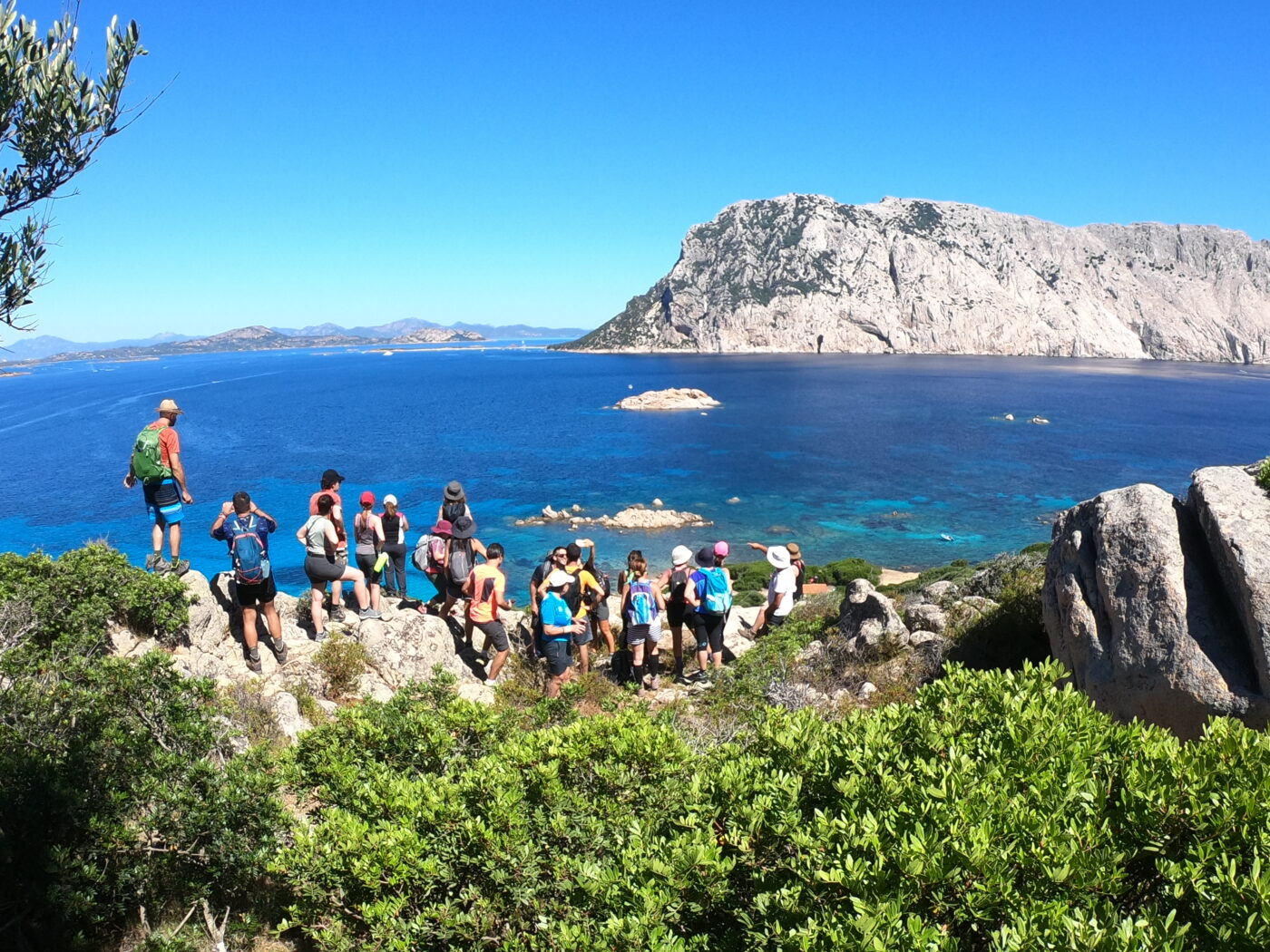Olbia, the happy city, as it was called by the Greeks, is known worldwide for its proximity to the Costa Smeralda and looks like a modern city full of life. Inserted in a large natural gulf bordered by the beautiful islands of Tavolara and Molara, rich in history and ancient legends dating back to classical mythology and the narration of the Odyssey of Ulysses, this city hosts Costa Smeralda airport, international crossroads for many visitors interested in the north-eastern part of Sardinia.
Tradition attributes its foundation to the mythical Iolao or the Greek Phocean colonists of Marseille, but the latest studies affirm that the city was most probably founded by the Punic between the VI and IV century BC. Later conquered by the Romans it conserves, among the testimonies dating back to the period, the Roman forum, the thermal baths and the aqueduct.
In Roman times, due to the prosperity of the markets and the flourishing activity of its port, it became an important connection center with Ostia. Having become the Giudicato capital around the year 1000 with the name of Civita (or Terranova), its historic center developed near the imposing romanesque church of San Simplicio. Currently the city of Olbia shares the role of capital of the new province of Olbia-Tempio with Tempio Pausania.
Referring to the wonderful natural beauties of the Olbia coast, the visitor has only to choose: among the splendid inlets of Porto Istana, the Lido di Pittulongu with the famous La Playa beach, the so called Lo Squalo beach and Bados, a beautiful ocher sand beach very fine which is located on the border with the town of Golfo Aranci. In the northern part of the city there is the town of Porto Rotondo, characterized by paradisiacal beaches, exclusive villas and social life. Instead to the south, in the direction of San Teodoro, we find the famous beaches of Li Cuncheddi, Le Saline and Bunthe, one more beautiful than the other.

Among the places of cultural interest of the city, the basilica of San Simplicio, one of the most important ancient religious testimonies of the island, is a must. A festival is also dedicated to the saint on May 15 of each year characterized by a solemn procession, fireworks, poetry competitions and a goliardic festival of mussels.
Pedres Castle and Sa Paulazza Castle, dating back to the Judicial and Byzantine periods respectively, stand out in the surroundings of the city. Among the natural areas, a visit to the protected marine area Tavolara – Capo Coda Cavallo is a must: it is about 15,000 hectares of sea subject to protection for the important naturalistic value of marine environments and for the level of conservation of Posidonia oceanica meadows. Here it is wonderful to observe the so-called “Molara swimming pool”, natural swimming pools enclosed in fascinating rocks and white sand.
Regarding the city events, in addition to the feast of San Simplicio, the festival of San Giovanni and Madonna del Mare, celebrated on 24 June, is very much felt. During the event a small procession takes place over the sea with two simulacra and a wreath is thrown in memory of the fallen. In the evening, however, the traditional bonfires of San Giovanni are lit in the various districts of the city. To get to know the city through all your senses, a meal based on the excellent local mussels but also in the farmers tradition of Gallura with some of the best Suppa Cuata (the local soup made with sheep broth, bread and cow cheese) All obviously paried by one (but also two) glasses of local Vermentino.